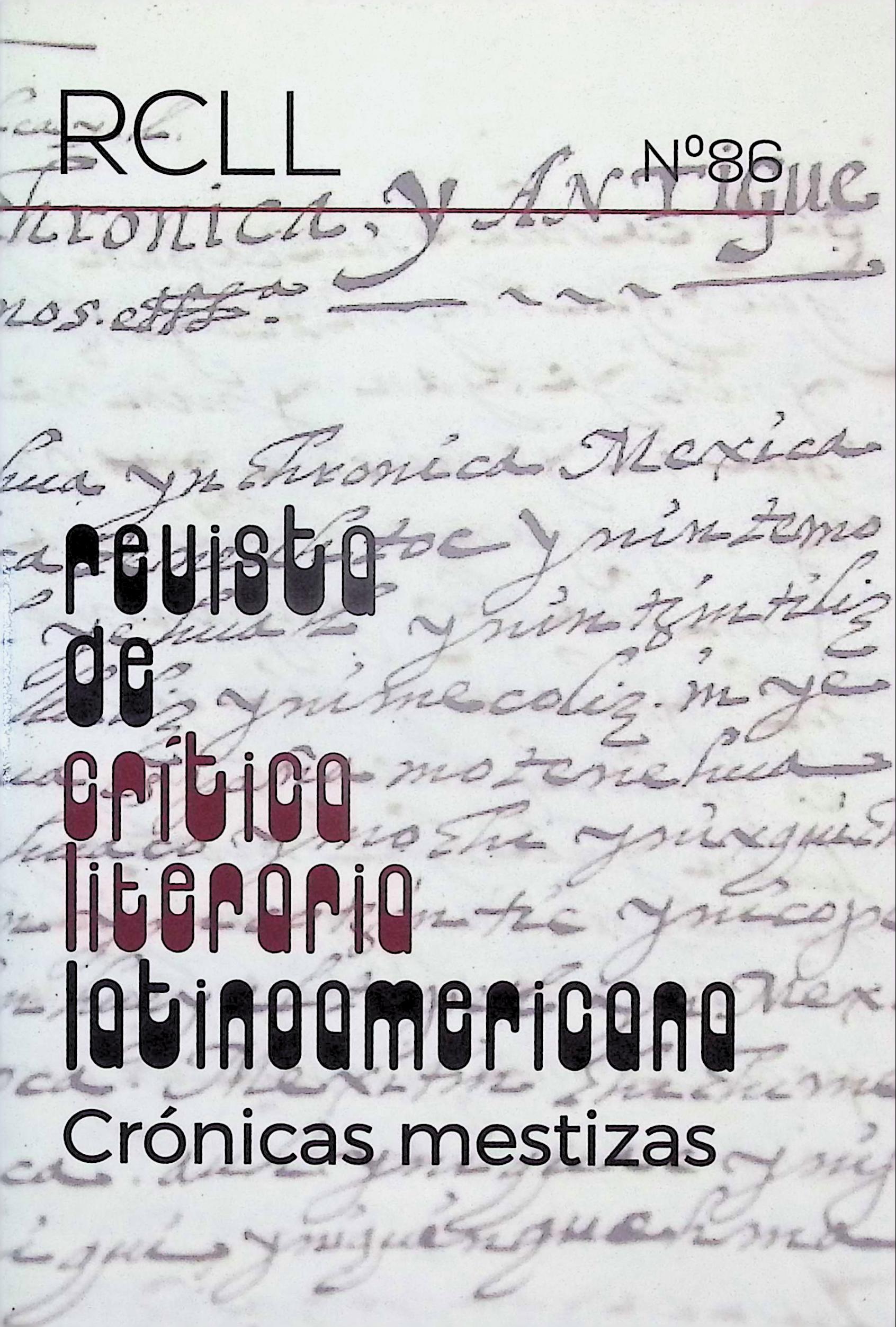Mestizos (in)deseables en el Perú colonial temprano
Keywords:
Identity, Mestizo, Practices of identification, Calidad, CasteAbstract
In early seventeenth century, Francisco de Avila, Huarochiri’s extirpator of idolatries, and Guaman Poma de Ayala rejected the mestizo either for personal convenience or as a matter of concern for the fate of the Andean race. This article examines the places of enunciation from which these and other authors categorized some individuals as undesirable mestizos. It departs from Rappaport’s The Disappearing Mestizo to analyze colonial mestizos as an intangible, transitory, and slippery instance that goes beyond static racial classifications. Avila’s and Guaman Poma’s identifying practices of mestizos constitute reactions and responses to situations of social, economic, and political tension in the colonial world and to the Imperial measures to control them.





